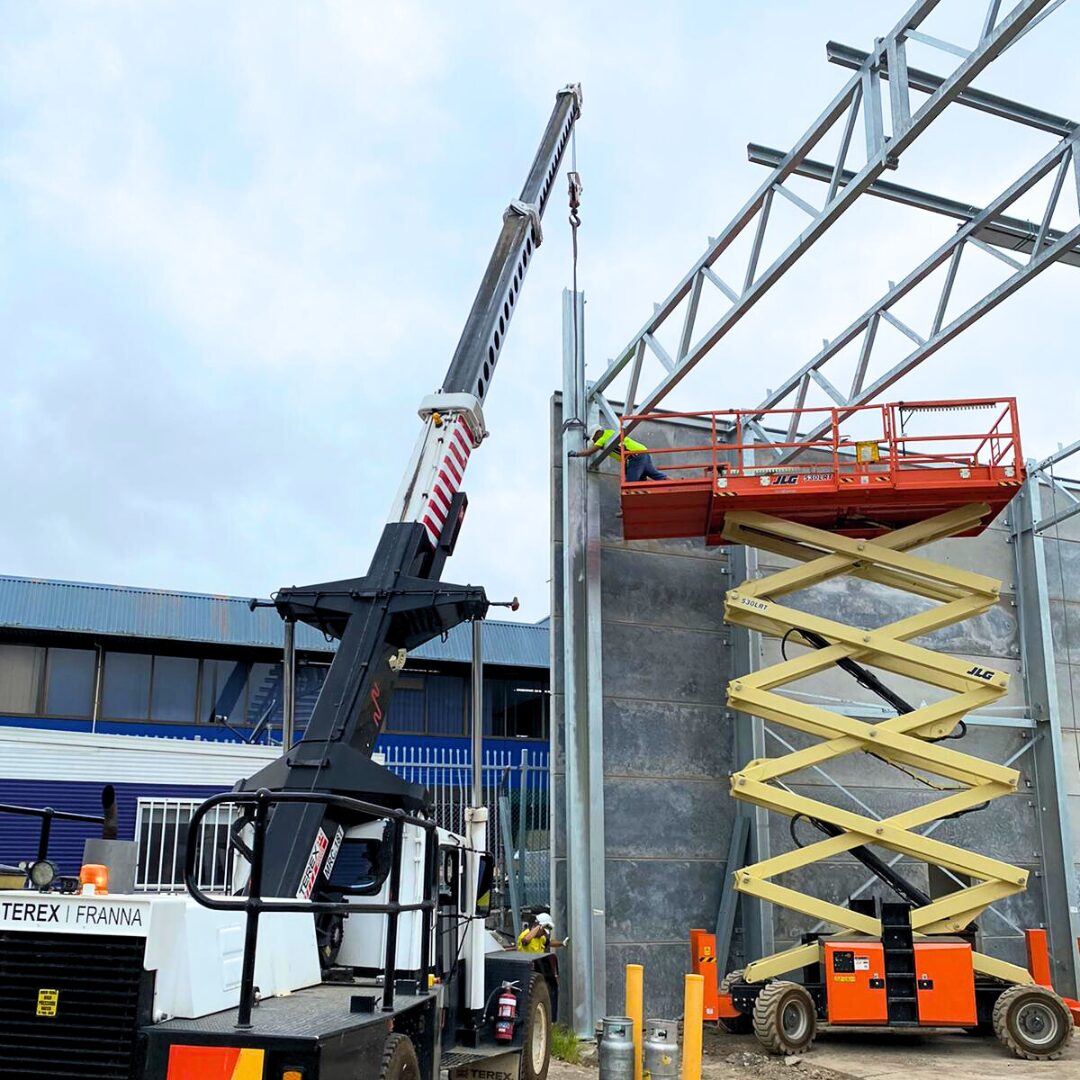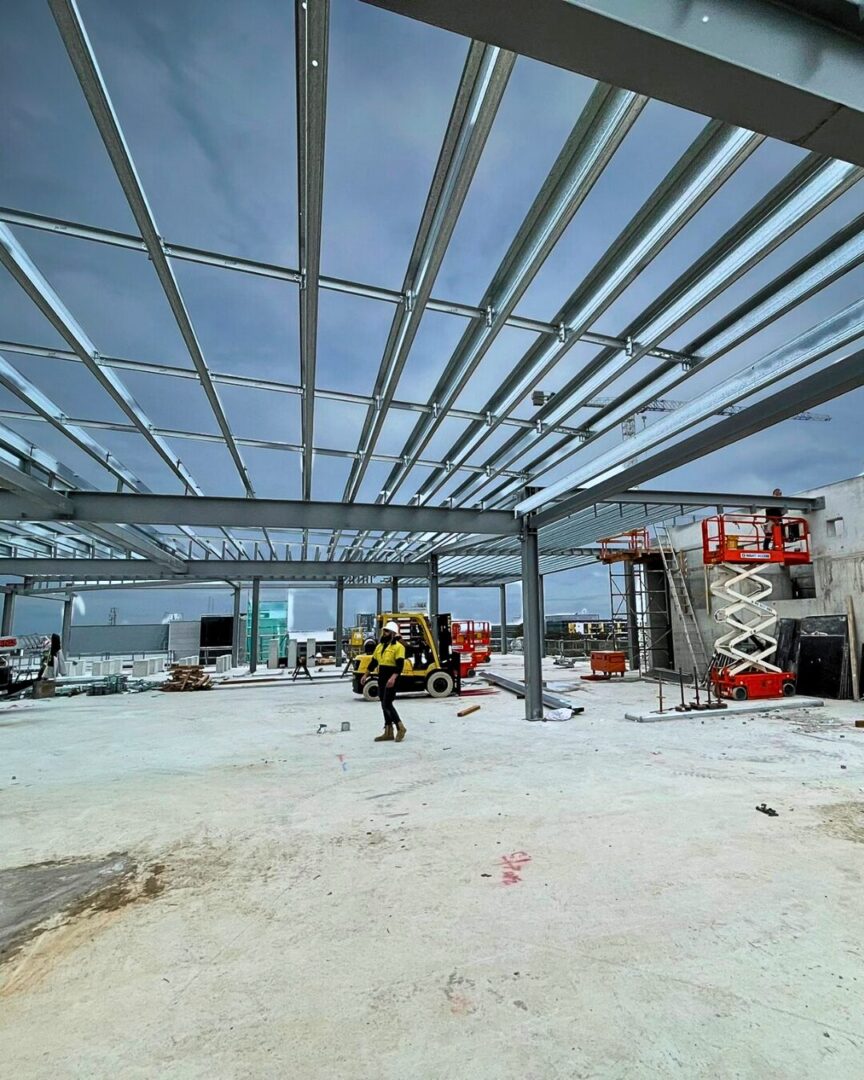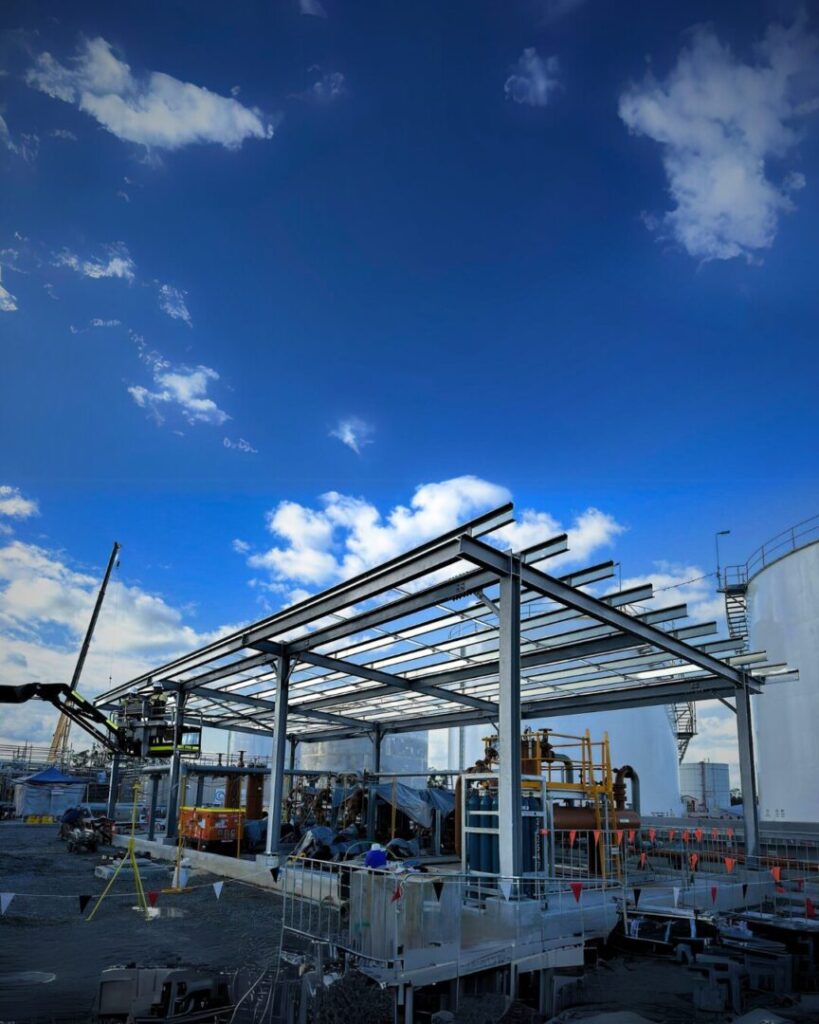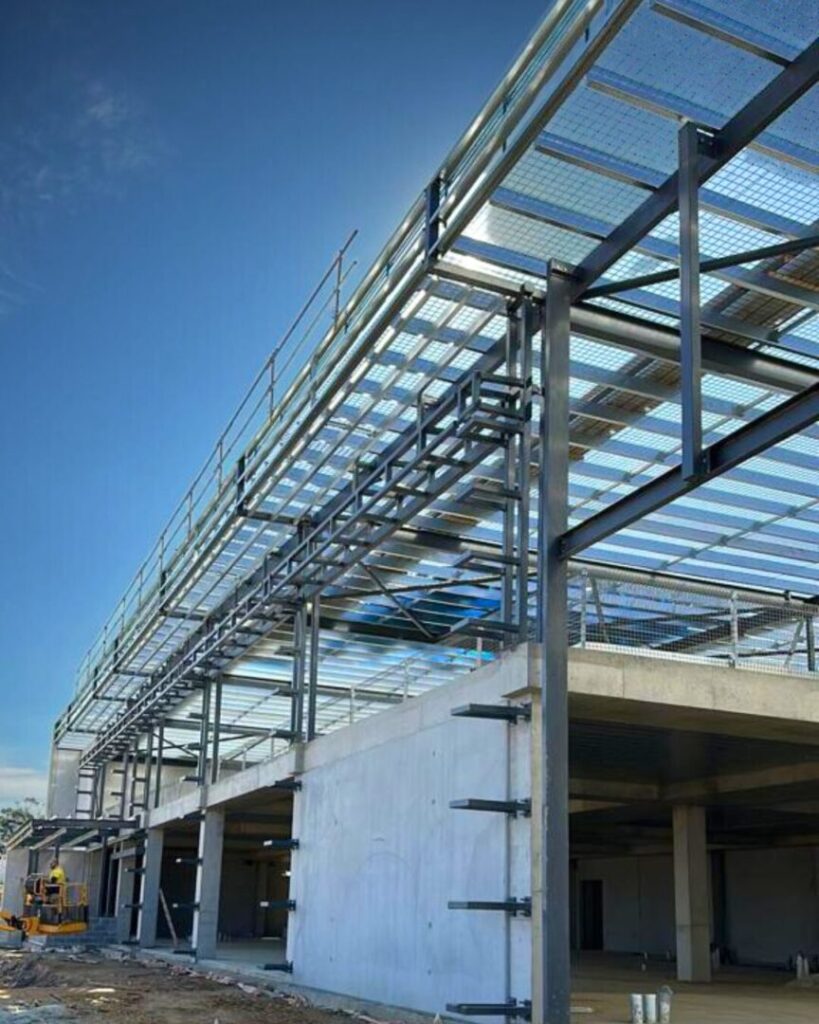Why is Rigging so Important: Understanding Its Impact Across Industries
The importance of rigging in construction cannot be overstated. Rigging plays a crucial role in safely lifting and moving heavy materials, ensuring efficiency in projects across construction, manufacturing, and logistics. Without proper rigging, job sites face serious risks, including accidents, delays, and structural failures.
What is Rigging and Why is it Important?
Definition of Rigging
- Rigging refers to the process of setting up equipment to lift and move heavy loads.
- It involves the use of ropes, cables, chains, and mechanical devices.
- Key components include slings, shackles, hoists, and cranes.
Historical Context of Rigging
Origin and Evolution of Rigging
Rigging involves specialized equipment like cranes, hoists, and slings to secure and transport heavy loads. Understanding the importance of rigging in construction helps prevent costly mistakes, improves workplace safety, and enhances operational efficiency.
- The origins of rigging can be traced back to ancient civilizations.
- Over time, rigging techniques have evolved to include advanced technology and equipment.
.
The Importance of Rigging in Construction and Modern Industries
Rigging plays a crucial role in various sectors. Here’s why rigging is so important across industries:
Construction
- Rigging is essential for building infrastructure, high-rise buildings, and bridges.
- Equipment used includes mobile cranes, tower cranes, and hoists.
Entertainment
- Rigging is crucial in setting up stages, lights, and sound systems for concerts and theatre productions.
- Ensures safe and efficient setup and takedown of equipment.
Shipping and Logistics
- Used in loading and unloading cargo from ships, ensuring safe transportation.
- Critical for logistics and supply chain efficiency.
Oil and Gas
- Important in offshore drilling and onshore refineries.
- Ensures safety in hazardous environments.
Manufacturing
- Used in assembling heavy machinery and plant maintenance.
- Ensures smooth and safe operations within factories.
Safety in Rigging
Importance of Safety Protocols in Rigging
- Safety is paramount in all rigging operations.
- Common safety measures include:
- Regular inspections of equipment.
- Adhering to load limits.
- Proper use of personal protective equipment (PPE).
Examples of Rigging Accidents
- Highlight the consequences of neglecting safety.
- Case studies of accidents and lessons learned.
Rigging Techniques and Equipment
Overview of Rigging Techniques
- Lifting: Using cranes and hoists to raise loads.
- Hoisting: Vertical lifting of materials.
- Securing Loads: Ensuring stability during transport.
Essential Rigging Equipment
- Cranes: Different types of cranes (tower, mobile) provide flexibility for various project requirements. Cranes are essential for heavy, high-reaching lifts.
- Hoists: Hoists, both manual and electric, offer controlled lifting for vertical movement of materials, particularly when lifting smaller loads.
- Slings and Shackles: Used to secure loads to cranes and hoists, slings (wire rope or synthetic) and shackles are critical for safe lifting. Choosing the right sling and shackle type depends on load size, shape, and weight.
- Advanced Rigging Technology: Load monitoring systems, remote-controlled cranes, and automated rigging tools enhance precision and safety. These technologies help track weight limits and allow for precise placement.
Advanced Rigging Tools and Technology
- Remote-controlled cranes.
- Load monitoring systems.
- Automated rigging systems for precision and safety.
.
Frequently Asked Questions (FAQs) About Rigging
- Why is rigging important in construction?
- Rigging ensures the safe and efficient lifting and moving of heavy materials, essential for constructing stable and secure structures.
- What are the common rigging equipment used?
- Common rigging equipment includes cranes, hoists, slings, shackles, and pulleys.
- How does rigging ensure safety?
- Rigging ensures safety through regular equipment inspections, adherence to load limits, and proper use of PPE.
- What are the qualifications required to become a rigger?
- Riggers typically need professional training and certification in safety protocols and equipment handling.
- How does rigging impact the economy?
- Efficient rigging practices contribute to economic benefits by reducing costs, preventing accidents, and ensuring timely project completion.
Understanding the importance of rigging in construction helps ensure workplace safety, project efficiency, and compliance with industry standards.. From construction and manufacturing to entertainment and shipping, rigging ensures the safe and efficient movement of heavy loads, contributing significantly to the success and safety of many projects.
With years of experience and a proven track record, Hard Bakka Rigging is your go-to partner for all your rigging needs. Our team of experts is equipped with the latest technology and equipment to handle even the most challenging lifts.
https://www.hardbakkarigging.com.au/ and adherence to safety standards makes us a trusted choice for industrial rigging.



